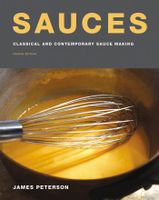Advertisement
Tamarind
Appears in
Published 1991
Tamarind in the husk looks vaguely like a withered and dried brown fava bean. The husk is removed to reveal a series of beans surrounded with a sticky brown pulp. The pulp, not the beans, is used in Southeast Asian cooking to give sourness to sauces, soups, and stews. Since fresh tamarind isn’t always available, it’s fortunate that packages of tamarind paste (which looks like brown tar) are inexpensive and easy to find. Add tamarind paste to taste to Southeast Asian and Southern Asian broth-like sauces. The pulp should be strained out of the liquid before serving. Lime or lemon juice makes an adequate substitute.


